In honor of Barolo: UNESCO World Heritage Site
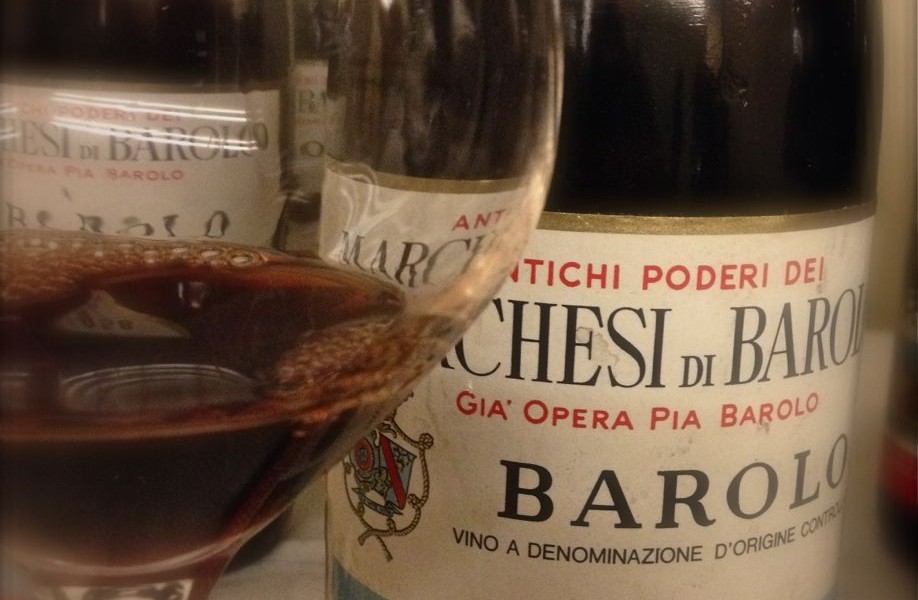
By Panos Kakaviatos for wine-chronicles
In honor of Barolo being named a UNESCO world heritage site this year, I (finally) post notes from a special Barolo vertical tasting reaching back to vintages from the 1950s and guided by friend and Italian wine lover expert and author Ian d’Agata at the Merano Wine Festival 2013 from Marchesi di Barolo.
It was great to meet Anna Abbona, who is president of Marchesi di Barolo and her daughter Valentina Abbona who represents Marchesi di Barolo globally, and is currently based in Shanghai.
The World Heritage Committee of the United Nations last month added the “vineyard landscape of Piedmont: Langhe-Roero and Monferrato” to its over 1,000 cultural and natural sites and practices.
Being on the UNESCO list of world heritage is a great recognition of place and of cultural and historical value. The listing includes the towns of Barolo, Castiglione Falletto Grinzane Cavour, La Morra, Monforte d’Alba, Novello and Serralunga d’Alba in the Barolo DOCG, as well as Barbaresco and Neive in the Barbaresco DOCG.
The Piedmont vineyards now join Bordeaux’s Saint Emilion and traditional Georgian winemaking methods in representing wine.
Three years before, I had attended a Barolo master class guided by Ian at a Decanter Fine Wine Encounter in London.
The theme was a Fine Italian Wine Encounter. In the following video from that event, you can hear from Ian on Barolo.
So it was great to attend another master class this time in Merano just a few months before the UNESCO announcement, which featured such an emblematic Barolo estate tracing its roots to the 1800s, when the Marchesa Giulietta Colbert Falletti started making wine out of Nebbiolo grapes.
Today, many producers make Barolo wines in the towns of Barolo, Castiglione Falletto, Cherasco, Diano d’Alba, Grinzane Cavour, La Morra, Monforte d’Alba, Novello, Roddi, and Serralunga d’Alba.
The Marchesi di Barolo cellars are located in the town of Barolo, in the building overlooking the Castle of the Marquis Falletti – in the heart of the Langhe.
The Abbona Family continues the work that began more than two centuries ago producing high quality wines meant to enrich the history of this important cellar where modernity and tradition meet and where a great heritage of vineyards and knowledge has been passed down from parents to children for over five generations.
Tasting notes If in bold, I liked. If red and bold, I really liked. When underlined, too: love!
Cannubi 2009: Sweet cherry aroma Liqueur of cherry. Quite pure and spicy rich, too. Christmas fruitcake aroma. Pleasure!
2005: Nose was a bit less “evident” there slowly emerged Blackforest cherry-chocolate cake and licorice aspects. Palate is more interesting than that of the 2009, which by comparison seemed flat. 14.5% alcohol.
1999: Sour cherry aspect, a bit lighter and tightly wound. Should have been decanted. I prefer the corpulence of the 2005, as it seems to have more substance, this with 14% alcohol.
1990: Creosote, stewed fruit, but fresh. Tar. The palate is a bit rustic however, and it dries on the finish. A somewhat lean mid palate. Going back to the 1999, that opens up more, while the 1990 stays sort of it its drying finish. 14% So-s0.
1985: Potpourri, gamey, but not barnyard. Lovely and endearing palate, a dollop of chocolate, and a great long finish. Tertiary notes but fresh and balanced, a touch of cep mushroom (Steinpilz). So you have a sense of just freshly picked mushrooms and cherry notes. One of the very best wines of the tasting. Beautiful! 13.5% alcohol
1979: Marked by somewhat angular tannin and a soupy fruit aspect albeit a substantial mid palate body. But it finishes with a rustic metallic note that seems to augur a downward slide. Pass on this one. 13.5%
1974: This marked by band-aid aromas and brett. But perhaps more precision than the 1979? In any case, not very memorable.
1964: Light truffle and stewed fruit. Flat on the palate. Another bottle was opened and it seemed tired. But the third proved to be the absolute charm: Veritably creamy, displaying spicy notes of thyme, oregano tobacco leaf. Excellent acidity lends freshness and verve that makes it more youthful than its nearly half century old age. It seemed to have youthful tannins! Get me some Osso bucco please.
1958: If it were not for the third bottle of the 1964, then this would have been the wine of the vertical. Certainly fruit driven in profile fresher tasting (as compared to the first two bottles of the 1964), a vivacious palate, with intensity on the mid palate, and orange rind like freshness, lending lift to the finish. A thoroughly delicious wine, that seems younger than its age.
1951: Another revelation. This wine exhibits a fine espresso like nose and good sap on the mid palate but less exciting tension than the 1958. Still, an amazing wine!
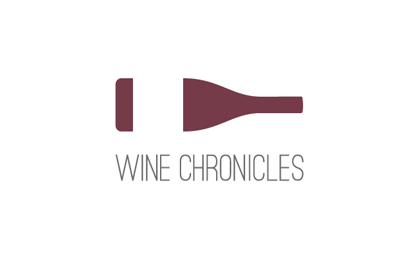 Wine Chronicles
Wine Chronicles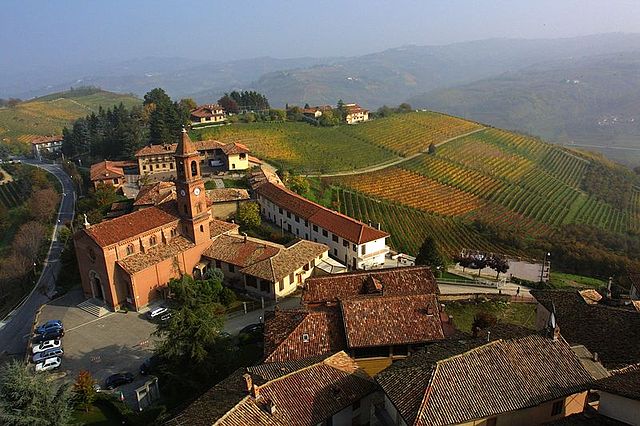

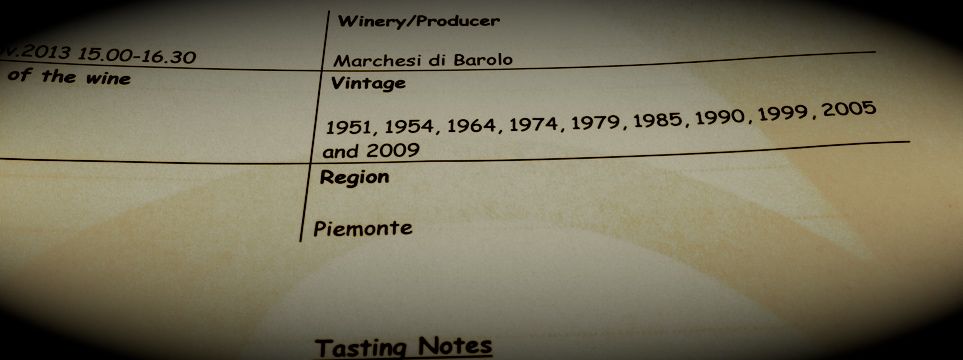
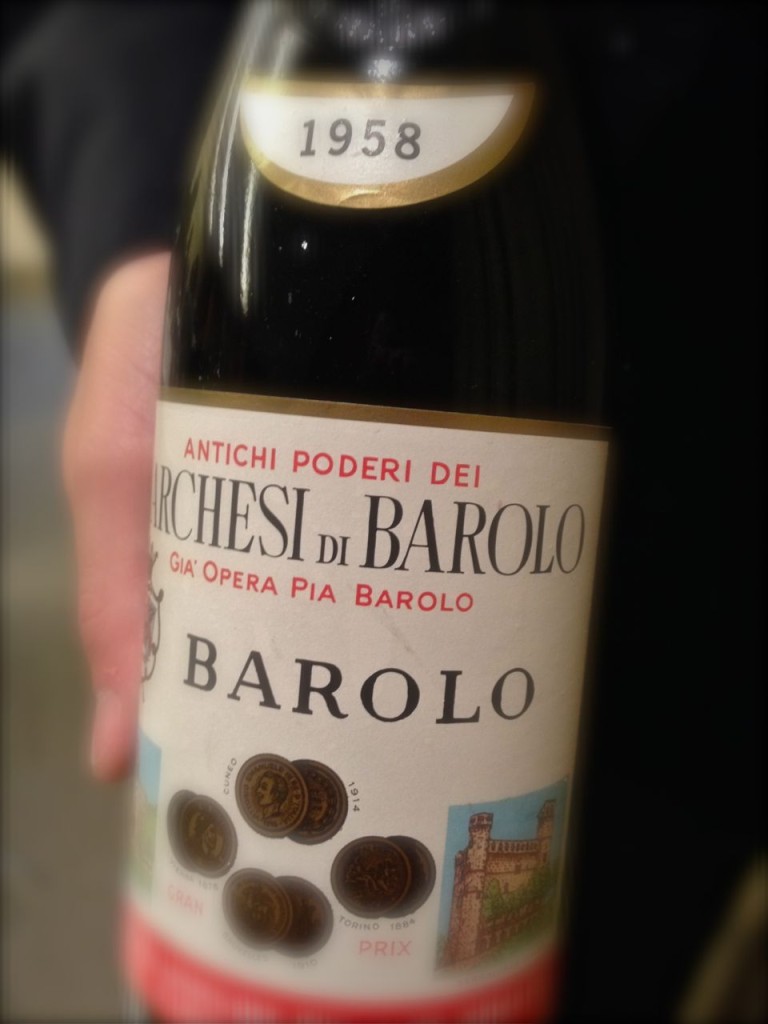
Share This